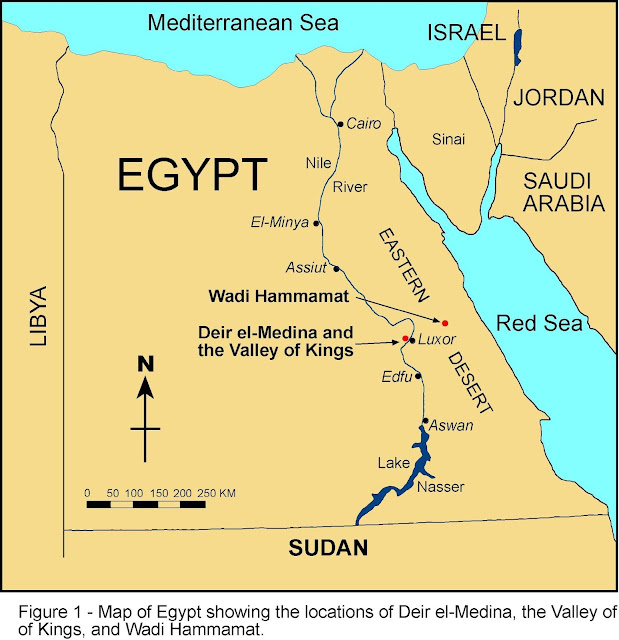Arab Spring/ Arab Awakening
Arab
Spring or Arab Awaking
‘End of Fear’ is the name of the revolution
which started in the Middle East and North African states in 2010. The revolution
is also known as the Arab Spring or Arab Awaking because the major countries which
came under the influence of this revolution are located in the Arab world, but
other states like India and America also faced some kind of demonstration and
street protest.
The Arab revolution started when the
Tunisian nationalist Muhammad Bouazizi set himself on a fire because of
injustice. M. Bouazizi locally known as Basbossa was born in Tunisia, on 29
March 1984.
Bouazizi's father died when he
was 3. He worked various jobs since he was ten, he was the sole breadwinner of
his family. He started selling the fruits at the age of ten, he even quit his studies
to support his family.
According to some news, local
police had allegedly targeted and mistreated Bouazizi for years. On the morning
of 17 December, he started his work but just after 10:00 am the police began
harassing him because he didn’t have the vendor's permit. A lady municipal official
slapped him and insulted him and his father publicly. Bouazizi felt humiliation
and at 11:30 am he burnt himself Infront of townhall and his cousin shot the whole
scenario and that spark turned into fire. 18 days after immolation on 4 January,
at 05:30 pm Bouazizi died and more than 5000 people attend the funeral.
The self-immolation of Bouazizi
turned the sleeping country into a lion. The shot of Bouazizi's immolation got
viral on social media and people started street protests against the ruler Ben
Ali and at the end, on 14 January Ben dissolved his government under pressure and
circumstances.
The revolution of Tunisia was successful
and after that, the revolution spread worldwide. The effects of the revolution
spread strongly to five other countries: Libya, Egypt, Yemen, Syria, and Bahrain
where either the regime was toppled down or major uprisings and social violence
occurred, including riots, civil wars, and insurgency.
Sustained street demonstrations
took place in Morocco, Iraq, Algeria, Iran, Lebanon, Jordan, Kuwait, Oman, and
Sudan. The minor protest occurred in Djibouti, Mauritania, the Palestine National
Authority, and Saudi Arabia. A major slogan of the demonstration in the Arab
world is ‘THE PEOPLE WANT TO BRING DOWN THE
REGIME’.
After the successful revolution of
Tunisia, a protest started in Egypt on 25 January 2011 and run for 18 days. The
protest was against the ruler of Egypt Hosni Mubarak, who ruled the country for
the last 30 years. Within 18 days people through the internet power overthrown
the government of Hosni and Morsi came into power but on 3 July 2013 military
overthrew the replacement government and Morsi removed from power.
The 3red country which faced the
demonstration and revolution was Libya. On 15 February 2011, the
anti-government protests began. In late august anti-Gaddafi fighters captured
Tripoli, scattering Gaddafi's government and marking the end of his 42 years
rule. However, Gadafi was killed, the Civil War continued.
Protests occurred in many towns
in both the north and south of Yemen starting in mid-January 2011. Initially, the demand of protesters was to the
proposal to modify the constitution of Yemen, unemployment and economic
conditions, and corruption. But their demands soon included a call for the
resignation of President Ali Abdullah Saleh. After the massive demonstration by
27 February Saleh had resigned from the presidency and transferred power to his
successor but the Civil War continued and international intervention still exists
there.
Protest in Syria started on 26 January
2011, when a police officer assaulted a man publicly. On 6, march, the Syrian forces
arrested about 15 children in Daraa, in southern Syria, for writing slogans against
the government, soon protests erupted over the arrest and the abuse of the
children. By March 2012, the government began military operations against the
opposition in Idlib Governate by late April 2012. On 12 June 2012, the UN
peacekeeping chief in Syria stated that in his view Syria has entered a period
of civil war. The exact thing happens and Syria becomes a
hub of civil war and international interventions.
Aftermath:
In the aftermath of the Arab
Spring in various countries, there was a wave of violence and instability
commonly known as the Arab Winter. It was characterized by the extensive civil
wars, general regional instability, economic and demographic decline of the
Arab League, and overall religious wars between Sunni and Shia.
In Tunisia and Egypt, the existing regimes were ousted and replaced through a process of a free and fair election, the relations were considered short-term successes. But in the countries particularly Syria and Libya, the apparent result of the Arab Spring was a complete societal collapse.
Links for full-fledged articles.
Arab Spring and its reasons:
1. https://worldaffairs88.blogspot.com/2020/03/arab-spring-arab-spring-is-term-that.html
Case study of Tunisia:
1. https://worldaffairs88.blogspot.com/2020/03/arab-spring-in-tunisia.html
Case study of Egypt:
1.
https://worldaffairs88.blogspot.com/2020/03/arab-spring-in-egypt-egypt-revolution.html
Case study of Libya:
1.
https://worldaffairs88.blogspot.com/2020/04/civil-war-of-libya-2011.html
Case study of Yemen:
1. https://worldaffairs88.blogspot.com/2020/10/arab-spring-in-yemen-part-1-case-study.html
(PART-1)
2. https://worldaffairs88.blogspot.com/2020/11/civil-war-in-yemen-causes-of-arab.html
(PART-2)
Case study of Syria:
1. https://worldaffairs88.blogspot.com/2019/09/syrian-war-international-law-part-1.html
(PART-1)
2. https://worldaffairs88.blogspot.com/2019/09/reasons-of-syrian-war-part-2.html
(PART-2)
3. https://worldaffairs88.blogspot.com/2019/12/syrian-war-and-international-interest.html
(PART-3)








Amazing writing and easy to understand.. Well done
ReplyDeletethank you so much
DeletePleasure
DeleteThou it's a crux of Arab Spring. Well done
ReplyDelete